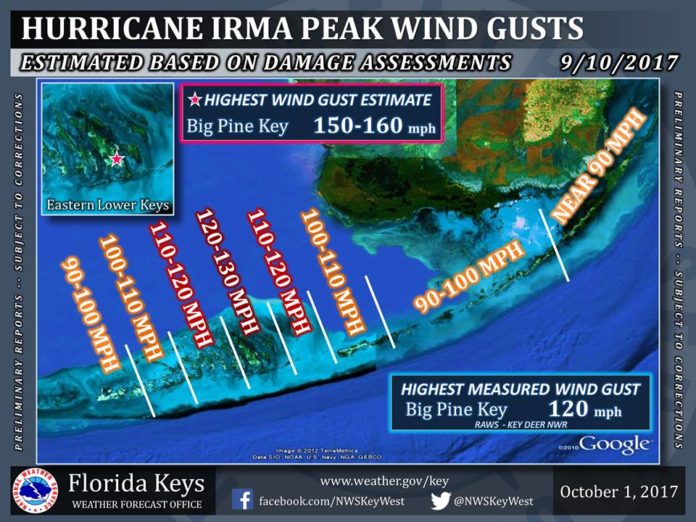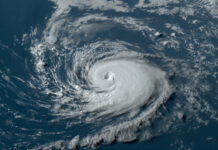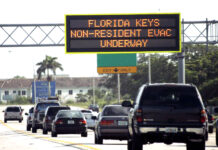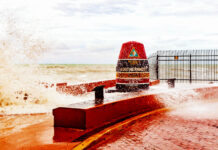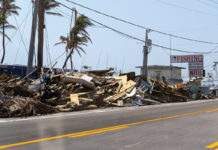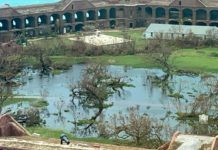Top meteorologists weigh in after Irma
Willie Drye spent Hurricane Irma live blogging on the National Geographic website. Drye is the author of the definitive book about Keys hurricanes — “Storm of the Century: The Labor Day Hurricane of 1935.”
His coverage of the more recent storm started on Sept. 9 and includes snippets of information provided by dozens of friends and colleagues who check in from the Keys and other parts. He spoke to Key West’s Carol Tedesco and Adele Williams, Jeff Pinkus in Marathon, and Jerry Wilkerson, Brad Bertelli and Mary Barley in Islamorada. His contacts extended up the state of Florida and beyond.
“I am fortunate to have been plugged in to a group of professionals that are very knowledgeable about hurricanes. I trust their opinions and observations,” Drye said.
Drye reiterated the opinions of the meteorologists here, and added: “It’s hard to tell people who are looking at their wrecked homes that they are lucky, and I get that, but it could have been worse. It didn’t have the tremendous power of the Labor Day storm. It didn’t have the one-two punch, it just had one punch.”
To read his whole storm coverage, visit voices.nationalgeographic.org/2017/09/09/live-blogging-hurricane-irma, or visit his personal blog at wdryegoods.blogspot.com.
“Irma could have been much worse. Due to a slight slowing in the forward motion of the storm, dry air in the Gulf intersected with Irma south of the Keys, instead of north of Naples/Ft. Myers. As a result, Irma’s back end, the bottom of the donut of the eyewall, dried out, and that meant that Irma was only half a storm when it hit the Keys and Southwest Florida.
“The big effect of that was that there were no strong west winds, which would have caused the feared deadly and damaging storm surge on the southwest coast, not to mention a double dose of damaging wind taking down trees and power lines, instead of just the front side of the donut.
“People should review their actions and imagine what would have happened if Irma’s eyewall had been intact so strong winds had come from both directions.” -Brian Norcross, The Weather Channel
Hurricane Irma was “one of the nastiest hurricanes we’ve seen,” and the length of time the storm maintained its fierce intensity was “really remarkable.”
Still, the storm could’ve been worse. The infusion of dry air at the last minute and its track across Cuba that weakened it before it turned toward the Florida Keys, kept it from being much worse.
Hurricane Irma “got chopped off in its backside,” and that affected the storm’s punch as it arrived in Florida. — Phil Klotzbach, Colorado State University















